
Supercharge your lead generation with a FREE Google Ads audit - no strings attached! See how you can generate more and higher quality leads
Get My Free Google Ads AuditFree consultation

No commitment
Supercharge your lead generation with a FREE LinkedIn Ads audit - no strings attached! See how you can generate more and higher quality leads
Get My Free Google Ads AuditFree consultation

No commitment
Supercharge your lead generation with a FREE Meta Ads audit - no strings attached! See how you can generate more and higher quality leads
Get My Free Google Ads AuditGet My Free LinkedIn Ads AuditGet My Free Meta Ads AuditFree consultation

No commitment
Supercharge your lead generation with a FREE Google Ads audit - no strings attached! See how you can generate more and higher quality leads
Get My Free Google Ads AuditFree consultation

No commitment
In the rapidly evolving world of B2B marketing, food manufacturers face unique challenges in capturing high-intent prospects. Missed opportunities often occur when high-value prospects aren’t tracked effectively, and anonymous traffic leaves potential leads unpursued. Google Ads becomes a vital tool, allowing businesses to strategically target decision-makers at the perfect moment. By enhancing visibility and driving engagement, Google Ads bridges the gap between online exploration and offline sales interactions. For food manufacturers, this means intercepting plant managers and procurement professionals searching for specialized solutions, ensuring marketing efforts align with immediate needs.
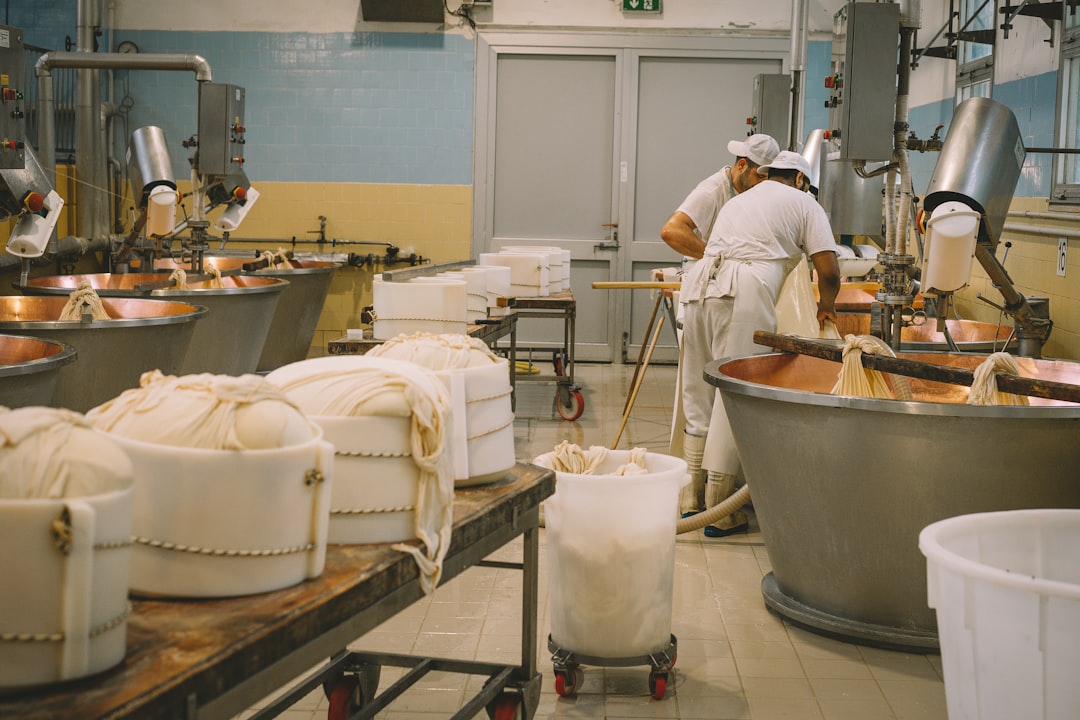
Food manufacturers operate in a competitive market where generic campaigns fail to address unique buyer signals and complex supply chain demands. Precision in digital marketing for food manufacturers is essential to connect with procurement professionals, product developers, and supply chain managers who influence large-scale purchasing decisions.
A data-driven PPC for food industry approach helps ensure marketing budgets are invested in high-value opportunities rather than wasted on low-intent searches. By segmenting audiences based on firmographic details such as company size, distribution scope, and market vertical, marketers can deliver relevant messaging and offers that resonate with both B2B and B2C buyers. For more on how Google Ads can drive growth and leads in this sector, explore this step-by-step guide for food and beverage manufacturing companies.
Effective Google Ads strategies for food manufacturers start with research that goes beyond broad product terms. Focus on commercial-intent keywords such as “private label food manufacturing,” “custom ingredient supplier,” or “bulk organic food processor.” Incorporate modifiers for certifications and dietary trends, like “kosher food co-packer” or “gluten-free ingredient supplier,” to capture high-intent searches from foodservice operators and retail buyers.
Using advanced audience analytics, marketers can identify which search terms are most often used by their target accounts. Platforms that unify search and CRM data help surface these insights, enabling marketing teams to refine keyword lists based on real-time deal activity and actual pipeline movement.
Audience segmentation is crucial for food manufacturing marketing as it aligns messaging with buyer needs at every stage of the decision journey. Segmenting by firmographics—such as company revenue, industry focus, or distribution regions—ensures each campaign speaks directly to its intended audience. For example, campaigns targeting industrial foodservice may emphasize bulk capacity and scalability, while those aimed at specialty retail focus on certifications and clean-label ingredients.
Dynamic audience building enables real-time updates to audience lists as accounts engage with content, submit RFIs, or move through sales stages. Marketers leveraging unified data can automatically shift prospects between awareness, consideration, and decision-stage campaigns, increasing relevance and conversion rates with every touchpoint. Discover more best practices in our actionable playbooks.
Ad copy must reflect the specific needs of each segment, highlighting differentiators such as rapid turnaround, custom formulation, or sustainable sourcing. Consistency between ad messaging and landing pages builds trust and reduces friction in the lead generation process. For example, ads touting “organic food ingredients” should direct to landing pages detailing organic certifications, supply chain transparency, and case studies relevant to organic buyers.
Conversion rates improve when landing pages adapt dynamically to the prospect’s industry, location, or buying stage. By integrating web analytics and CRM data, marketing teams can personalize landing page experiences, increasing engagement and lead quality.
Continuous optimization is foundational to maximizing Google Ads ROI for food manufacturers. Real-time intent signals—such as repeat visits to product specs or downloads of technical documentation—help shift budget toward high-converting accounts. Advanced conversion tracking measures both online form fills and offline activity, such as trade show inquiries or direct sales interactions, to provide a true picture of campaign impact.
Unified attribution across channels ensures every touchpoint, from paid search to email to sales outreach, is factored into ROI calculations. This holistic approach empowers revenue teams to double down on what works, pause underperforming segments, and refine strategy based on data, not guesswork.
Lead flow should not stop at the form submission. Syncing enriched leads and account insights directly into CRM and sales platforms ensures that high-intent prospects are routed immediately to the appropriate sales reps. Automated workflows notify teams of new opportunities, while real-time lead scoring ensures that only qualified prospects are prioritized.
As leads move through buying stages, audience segments can be updated automatically, triggering relevant ad messaging and nurturing workflows. This tight integration between Google Ads, CRM, and sales systems streamlines demand generation, reduces manual work, and accelerates time to revenue for food manufacturers seeking measurable growth from online advertising. If you’re ready to put these steps into action, get started for free with Sona.
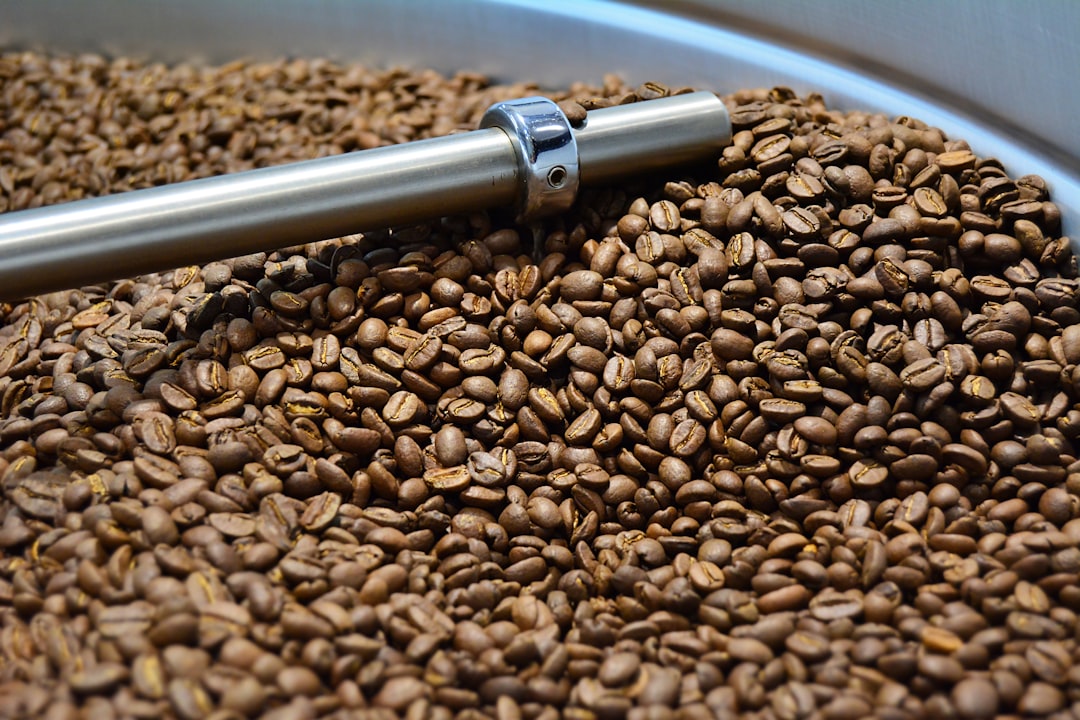
Food manufacturers face a constant challenge in transforming anonymous website visitors into tangible sales opportunities. The traditional disconnect between web traffic data and actionable leads results in missed revenue, especially when demand spikes or new segments emerge. By leveraging Sona Identification, teams can discover which companies are visiting their website—even if no form is filled—to prioritize outreach and turn anonymous web traffic into qualified pipeline.
Google Ads delivers a solution by intercepting specialized, intent-driven searches from both B2B buyers and B2C consumers. With the ability to target niche audiences—such as procurement managers searching for bulk ingredients or consumers seeking specialty food products—manufacturers can quickly respond to in-market demand, improve geographic reach, and optimize spend toward high-margin product lines. To see a practical guide on applying Google Ads in the food sector, explore this step-by-step campaign setup specifically for food businesses.
Advanced audience analytics ensure that prospects with buying intent are identified and engaged, not lost in the noise of generic web traffic. By layering in modern data platforms, marketing teams can now pinpoint previously anonymous traffic, revealing company names and buyer behavior. With real-time audience creation and auto-sync to ad platforms, teams can reach the right segment at the right moment for greater conversion efficiency.
Dynamic audience management means food manufacturers can automatically update target groups as leads progress through the funnel. For example, a visitor who downloads a case study or requests a sample can be reclassified for more personalized advertising, ensuring no qualified lead slips through the cracks. Integrated conversion tracking, spanning both online and offline channels, enables true measurement of ROI—tying ad interactions to eventual sales contracts or repeat orders, not just website clicks.
CRM and ad platform sync further bridges the gap between marketing and revenue teams. When enriched lead and account data flows seamlessly between systems, remarketing becomes more precise, and audience lists stay current. Food manufacturers leveraging unified data and real-time intent signals consistently outperform competitors still reliant on siloed analytics and static targeting lists. The result is ongoing optimization of digital marketing for food manufacturers, with higher conversion rates and sustained growth in a rapidly evolving marketplace. If your team is ready to see these capabilities in action, get started for free with Sona.
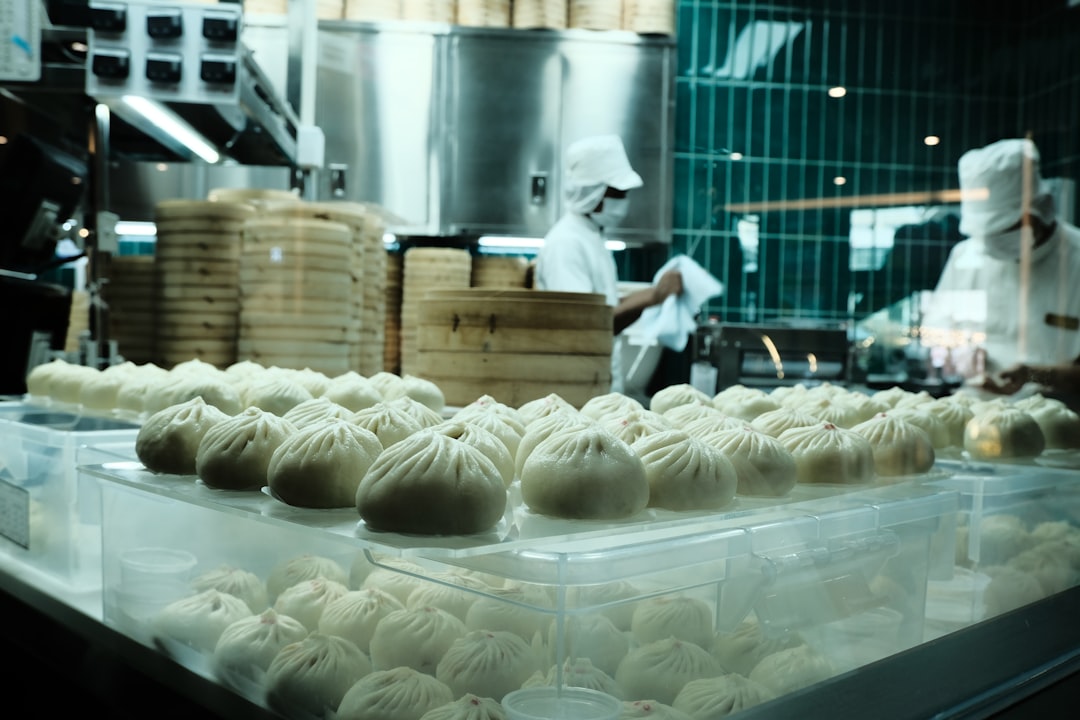
Google Ads for Food Manufacturers requires a multi-faceted campaign approach to capture both immediate demand and nurture longer sales cycles. Well-structured campaigns address the reality that high-value leads can slip through the cracks when follow-up is delayed or overly manual, especially in B2B environments where timing and relevance are critical. Leveraging a variety of campaign types helps food manufacturers connect with buyers at every stage of the decision journey, from discovery to purchase. For a deeper dive into Google Ads strategies tailored for the industry, see this comprehensive playbook on PPC and Google Ads.
A diverse campaign mix empowers food manufacturers to meet prospects at every point in their buying journey, ensuring no opportunity is missed due to outdated audience data or disjointed follow-up. To maximize results and simplify execution, get started for free with Sona and experience unified digital marketing that delivers measurable improvements in Google Ads ROI for food manufacturers.
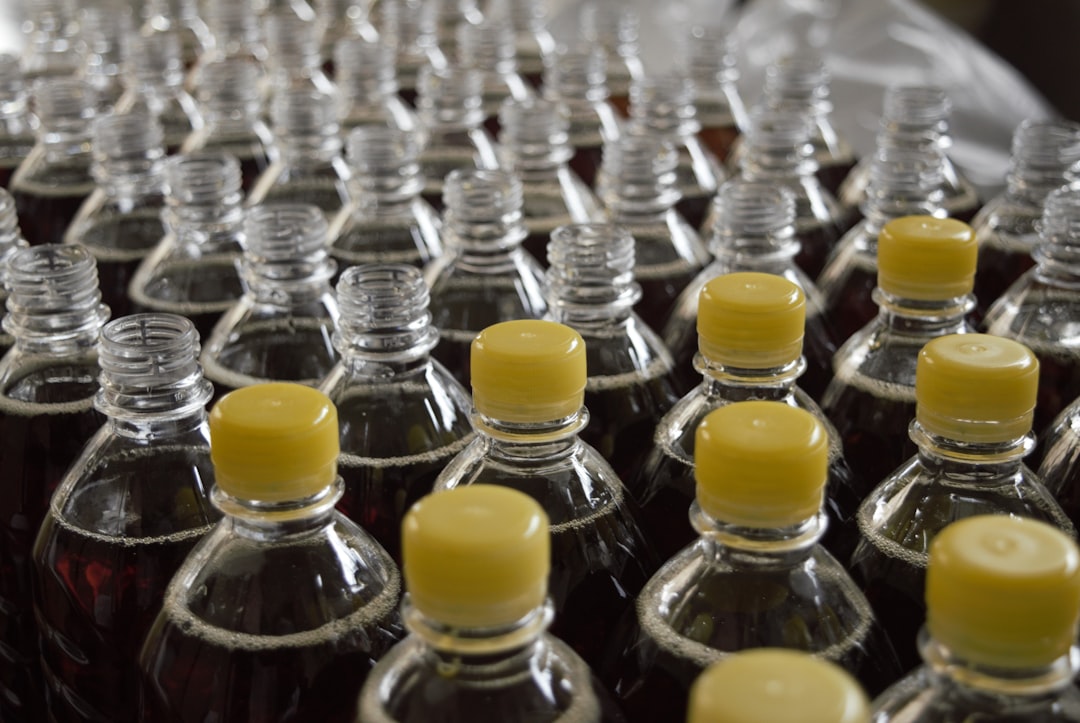
Food manufacturers operate in a hyper-competitive landscape where incremental growth depends on identifying and activating the right demand signals. Pinpointing which leads are truly ready to buy requires more than broad targeting; it demands an intelligent, data-driven approach that integrates vertical keyword selection, granular audience segmentation, and advanced attribution models.
Expanding beyond standard digital marketing channels unlocks new layers of opportunity. By targeting vertical-specific keywords, food manufacturers can reach high-intent buyers searching for niche ingredients, specialized co-packing services, or certified products. This approach not only improves lead quality but also amplifies relevance for B2B buyers with immediate procurement needs. In-depth competitor analysis reveals overlooked market segments and keyword gaps, allowing teams to anticipate shifts in demand and pivot campaigns to outmaneuver rivals. When marketers enrich their audience data with real-time intent signals, they can dynamically shift budget to the highest-converting accounts, ensuring every advertising dollar is invested where it yields measurable impact.
Industry placements are a powerful tool for establishing credibility and extending reach. Advertising on influential food manufacturing forums, trade journals, and procurement platforms positions brands in front of decision-makers actively researching suppliers. By layering content retargeting on top of these placements, teams can re-engage visitors who interact with technical sheets, whitepapers, or case studies, nurturing them with tailored messaging as they move through the funnel. Integrating CRM and ad platforms ensures that as leads progress from initial awareness to purchase-readiness, audience segments update in real time. This orchestration eliminates wasted spend on cold prospects and accelerates conversion cycles by directing personalized campaigns to the most valuable accounts.
The most effective growth strategies for food manufacturers unify paid search, industry placements, and content-driven remarketing. With unified data and advanced audience syncing, revenue teams can identify which companies are researching their products, measure online and offline conversions accurately, and adjust targeting dynamically as market conditions evolve. For a comprehensive look at how Google Ads can drive growth and leads for food and beverage manufacturing companies, review this guide on leveraging Google Ads. To see how this approach can accelerate your pipeline, get started for free with Sona.
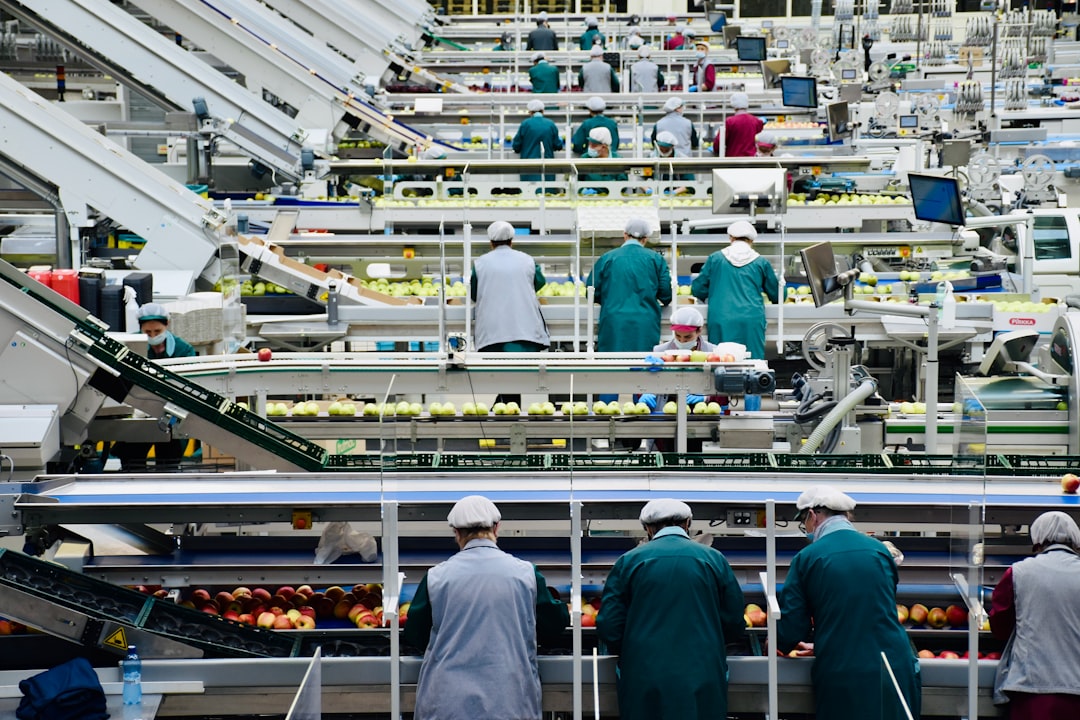
Audience segmentation is the most direct route to higher engagement and conversion rates in Google Ads for food manufacturers. Instead of relying on broad campaigns, segmenting by industry vertical and buyer intent allows marketers to craft messaging that speaks directly to the priorities of each audience. For marketers looking to deepen their segmentation approach, this comprehensive playbook on PPC and Google Ads strategy for food and beverage companies offers actionable guidance tailored to sector-specific needs.
Aligning audience targeting with detailed customer journey mapping is essential for food manufacturers marketing to both food service and retail buyers. For example, segmenting campaigns for food service operators, such as restaurant chains or institutional buyers, versus those targeting retail leads enables more relevant content delivery and better alignment with purchasing cycles. To further optimize segmentation, marketers should leverage intent data best practices and incorporate signals like seasonal buying patterns, dietary trend surges, and emerging ingredient interests to keep campaigns timely and compelling. Segmenting by intent level—ranging from early-stage research to urgent procurement—lets marketers allocate budget to the highest-converting segments.
Effective segmentation requires more than static lists. By utilizing real-time audience data and behavioral signals, marketers can dynamically update audience groups as leads move through the funnel. When a wholesale prospect downloads a product spec sheet or requests a sample, that engagement can immediately trigger a shift to a high-intent audience tier, allowing for increased bid pressure and personalized creative. This real-time adaptation prevents wasted spend on cold prospects while doubling down on accounts most likely to close.
For campaign structure, specific ad groups should be designed for each sector and intent segment. Food manufacturers can create separate campaigns for retail buyers searching for "private label snack manufacturer" and food service operators looking for "bulk gluten-free flour supplier." Each group receives tailored ad creative, landing pages, and calls to action, ensuring relevance at every touchpoint. Comprehensive conversion tracking—spanning online form fills, sample requests, and even offline sales calls—enables marketers to attribute value at each stage of the funnel and optimize for true business outcomes. When CRM and ad platforms are integrated, leads and audience segments can sync automatically with Sona Destinations, ensuring that high-value accounts are nurtured with coordinated messaging. This holistic approach ultimately delivers superior sales outcomes and measurable Google Ads ROI for food manufacturers.
Ready to see the impact of advanced segmentation in your campaigns? Get started for free with Sona.

| Industry | Keyword | Monthly Search Volume | Competition Level | Low Bid | High Bid |
| Food Manufacturers | private label energy drink | 260 | HIGH | 2.16 | 7.94 |
| Food Manufacturers | food packaging manufacturers | 320 | LOW | 2.73 | 8.69 |
| Food Manufacturers | food manufacturing companies | 3600 | LOW | 1.74 | 6.52 |
| Food Manufacturers | drink manufacturers | 3600 | LOW | 3.08 | 8.05 |
| Food Manufacturers | beverage manufacturing | 3600 | LOW | 3.08 | 8.05 |
| Food Manufacturers | food manufacturers near me | 5400 | LOW | 1.13 | 5.07 |
| Food Manufacturers | food manufacturers | 33100 | LOW | 1.72 | 6.14 |
Effective Google Ads strategies for food manufacturers begin with a meticulous approach to keyword selection and targeting. High-intent phrases such as "food industry PPC," "online advertising for food manufacturers," and "food manufacturing marketing" are critical for capturing prospects who are actively researching suppliers, ingredients, or co-manufacturing services. By structuring campaigns with both broad category keywords and long-tail, product-specific terms, manufacturers ensure their ads appear at every stage of the buyer journey, from early research to ready-to-purchase moments. For more on campaign structure and keyword selection tailored to the food sector, see this comprehensive Google Ads guide.
Missing high-value prospects often happens when campaigns only focus on top-of-funnel or branded keywords. To address this, leading teams diversify their keyword mix to cover research-based queries ("bulk organic ingredients supplier"), solution-driven searches ("private label food manufacturing partner"), and transactional intent ("order wholesale baking ingredients online"). Integrating dynamic keyword coverage with real-time audience insights allows marketers to quickly identify and prioritize in-market buyers as they engage with digital touchpoints.
Account structure is equally important in maximizing the impact of food industry PPC. Segmenting ad groups by product lines, certifications, or audience type (B2B foodservice buyers versus retail consumers) drives higher relevance and boosts quality scores. As leads progress or show new behaviors, advanced solutions seamlessly update audience lists, ensuring that ad spend remains focused on the most qualified, high-converting segments. By syncing enriched lead data from CRM and website activity back into Google Ads, manufacturers can build dynamic campaigns that adapt as the market shifts, increasing both efficiency and ROI. If you want to see how this works in practice, get started for free with Sona.
Precision in keyword targeting is essential for Google Ads for food manufacturers. The foundation of a successful campaign relies on constructing detailed keyword lists centered on service-specific terms, such as "bulk organic ingredients," "private label snack manufacturing," and "wholesale food supplier." Incorporating local modifiers like city names or "near me" ensures ads reach buyers with purchase intent in specific markets. Strategic use of negative keywords eliminates spend on irrelevant searches, refining traffic to only the most qualified prospects. With unified go-to-market data, teams can identify search patterns from both direct buyers and distributors. This intelligence enables marketers to pinpoint high-intent accounts and adjust keyword targets dynamically as market interests shift, delivering a responsive and cost-efficient acquisition strategy.
Effective ad copy addresses the unique pain points and priorities of B2B buyers and procurement professionals in the food industry. Each advertisement should clearly communicate competitive differentiators—such as sustainable sourcing, quality certifications, or efficient supply chain capabilities—while also providing solutions for common industry challenges like regulatory compliance or product traceability. Personalization is elevated through the use of ad extensions, enabling the inclusion of callouts, structured snippets, and direct links to product categories or technical resources. When audience segments are kept current as leads progress through the funnel, ad messaging can be customized in real time for greater impact. For a detailed guide on setting up effective food business campaigns, see step-by-step Google Ads instructions. This continuous alignment between messaging and buyer stage ensures every click delivers relevant value, driving higher engagement and conversion rates.
Landing pages must be designed to seamlessly align with ad keywords and user intent, reinforcing the promise made in the ad and removing friction from the conversion path. Strong trust signals—such as industry accreditations, client logos, quality certifications, and transparent supply chain details—instill confidence and help differentiate the manufacturer in a crowded field. Conversion elements should be prominent and concise, with clear calls to action like "Request a Quote" or "Download Product Specs." Integrating real-time visitor identification technology allows teams to personalize landing page experiences for key accounts, displaying relevant case studies or product recommendations based on in-market behavior. As leads interact with landing pages, engagement data flows directly into CRM and marketing systems, enabling continuous optimization and attribution. To see how high-performing landing pages drive ROI, explore this food retailer case study.
Ongoing optimization is the engine behind high-performing Google Ads strategies for food manufacturers. Conversion tracking must be robust and granular, capturing not only online form fills and e-commerce sales but also offline actions like phone consultations and distributor appointments. A/B testing of headlines, images, and calls to action isolates the combinations that drive the highest engagement for each buyer segment. As real-time performance data accumulates, bidding strategies can be refined automatically to shift budget toward high-converting keywords and audience segments. When Google Ads campaigns are fully connected to CRM and sales platforms, enriched leads and closed-won deals sync seamlessly, providing a complete picture of ROI attribution. For industry benchmarks and ROAS data, review Google Ads ROAS benchmarks. This unified, cross-channel data enables marketing and sales teams to make faster, more informed decisions, ensuring every dollar invested in online advertising for food manufacturers produces measurable business growth.
To streamline every stage of your Google Ads campaigns, get started for free with Sona and see how real-time audience insights and automated data activation can accelerate your pipeline.
Food manufacturers seeking market leadership must move beyond reactive advertising and create systems that anticipate buyer needs. Elevating digital marketing for food manufacturers requires predictive data models, not just past performance metrics, to spot emerging demand signals and proactively optimize campaigns.
A critical gap for many in food manufacturing marketing is the lack of accurate, real-time visitor identification. Advanced platforms now allow marketers to recognize not only anonymous website traffic but also pinpoint which companies and decision-makers are engaging with your product pages. This shift from generic impressions to actionable account-level insights means teams can prioritize spend on the highest-value prospects, adjusting Google Ads for food manufacturers campaigns in real time as in-market intent surfaces. By monitoring intent signals, budget allocation becomes more precise, focusing resources on accounts exhibiting active research and readiness to buy.
Educational content remains an underleveraged asset for food industry PPC. Providing clear, practical resources—such as ingredient sourcing guides, regulatory compliance checklists, or supply chain case studies—nurtures both new leads and previously engaged audiences. When retargeting is layered with such education-driven creative, buyers who initially visited but did not convert are reminded of your expertise, increasing return visits and engagement rates. Dynamic audience segmentation ensures these retargeting lists are refreshed as prospects interact with webinars, whitepapers, or product demos, delivering relevant messaging at each funnel stage.
Upselling and cross-selling opportunities expand when CRM data is analyzed for account trends and purchase cycles. By integrating CRM and enriched behavioral data directly into Google Ads targeting for the food industry, B2B teams unlock the ability to automatically sync audiences as leads progress from inquiry to active negotiation. This ensures timely delivery of upsell offers—such as ingredient bundles or premium packaging—to buyers most likely to convert, maximizing Google Ads ROI for food manufacturers.
Strategic partnerships are essential for refined traffic acquisition. By collaborating with distribution networks, industry trade groups, and supply chain partners, manufacturers can co-market content and share segmented audience data to reach untapped buyers. Localized campaigns further increase online advertising for food manufacturers by capturing high-intent demand in specific regions—particularly valuable for companies with unique regional specialties or logistical advantages. As campaigns are localized, insights from unified data sources highlight which markets are underserved, allowing teams to quickly fill gaps before competitors react.
Efficient expansion in the food industry depends on integrating predictive analytics, dynamic audience management, and seamless CRM-to-ad platform workflows. This holistic approach empowers teams to capture new market share, improve campaign profitability, and sustain growth even as consumer preferences and industry regulations rapidly evolve. Ready to transform your digital marketing strategy? Get started for free with Sona.
As we conclude our exploration of effective advertising strategies for food manufacturers, it's clear that harnessing the power of Google Ads can significantly enhance your brand's visibility and drive sales. By leveraging tailored campaigns, precise targeting, and insightful data analysis, your business can reach new heights in a competitive market.
Throughout this article, we've discussed the unique challenges faced by food manufacturers in online advertising. From understanding your audience's preferences to utilizing data-driven decisions, we've outlined how strategic use of Google Ads can address these challenges. Key points included crafting compelling ad copy, selecting the right keywords, and optimizing your campaigns to ensure maximum reach and impact.
Imagine transforming your advertising approach to not only meet your business goals but exceed them with confidence. By implementing these strategies, you have the potential to create meaningful connections with your audience, boost your brand's presence, and ultimately, achieve sustained growth in the food manufacturing industry.
Ready to elevate your advertising game? Start for free
Best practices include building targeted keyword lists with commercial-intent terms, segmenting audiences by firmographics, aligning ad copy and landing pages, optimizing performance through real-time data, and integrating with CRM and sales systems for streamlined lead management.
Food manufacturers can effectively target their audience by using precise audience segmentation based on firmographic details, leveraging real-time audience analytics, and creating dynamic, personalized ad messaging that aligns with the buyer's stage in the decision journey.
Food manufacturers should focus their Google Ads budget on high-value opportunities by using a data-driven PPC approach, which ensures investment in high-intent searches and avoids wasting resources on low-intent traffic.
Key metrics to track include conversion rates, online and offline conversion tracking, ROI attribution, audience engagement, and the effectiveness of audience segmentation in driving higher engagement and conversion rates.
Strategies that work best include search campaigns targeting high-intent queries, display and video ads for brand visibility, remarketing campaigns for re-engaging prospects, and using ad extensions to enhance ad visibility and credibility.
Join results-focused teams combining Sona Platform automation with advanced Google Ads strategies to scale lead generation

Connect your existing CRM

Free Account Enrichment

No setup fees
No commitment required

Free consultation

Get a custom Google Ads roadmap for your business
Join results-focused teams combining Sona Platform automation with advanced Meta Ads strategies to scale lead generation

Connect your existing CRM

Free Account Enrichment

No setup fees
No commitment required

Free consultation

Get a custom Google Ads roadmap for your business
Join results-focused teams combining Sona Platform automation with advanced LinkedIn Ads strategies to scale lead generation

Connect your existing CRM

Free Account Enrichment

No setup fees
No commitment required

Free consultation

Get a custom Google Ads roadmap for your business
Join results-focused teams using Sona Platform automation to activate unified sales and marketing data, maximize ROI on marketing investments, and drive measurable growth

Connect your existing CRM

Free Account Enrichment

No setup fees
No commitment required

Free consultation

Get a custom Google Ads roadmap for your business
Over 500+ auto detailing businesses trust our platform to grow their revenue
Join results-focused teams using Sona Platform automation to activate unified sales and marketing data, maximize ROI on marketing investments, and drive measurable growth

Connect your existing CRM

Free Account Enrichment

No setup fees
No commitment required

Free consultation

Get a custom Google Ads roadmap for your business
Over 500+ auto detailing businesses trust our platform to grow their revenue
Join results-focused teams using Sona Platform automation to activate unified sales and marketing data, maximize ROI on marketing investments, and drive measurable growth

Connect your existing CRM

Free Account Enrichment

No setup fees
No commitment required

Free consultation

Get a custom Google Ads roadmap for your business
Over 500+ auto detailing businesses trust our platform to grow their revenue
Our team of experts can implement your Google Ads campaigns, then show you how Sona helps you manage exceptional campaign performance and sales.
Schedule your FREE 15-minute strategy sessionOur team of experts can implement your Meta Ads campaigns, then show you how Sona helps you manage exceptional campaign performance and sales.
Schedule your FREE 15-minute strategy sessionOur team of experts can implement your LinkedIn Ads campaigns, then show you how Sona helps you manage exceptional campaign performance and sales.
Schedule your FREE 15-minute strategy sessionOur team of experts can help improve your demand generation strategy, and can show you how advanced attribution and data activation can help you realize more opportunities and improve sales performance.
Schedule your FREE 30-minute strategy sessionOur team of experts can help improve your demand generation strategy, and can show you how advanced attribution and data activation can help you realize more opportunities and improve sales performance.
Schedule your FREE 30-minute strategy sessionOur team of experts can help improve your demand generation strategy, and can show you how advanced attribution and data activation can help you realize more opportunities and improve sales performance.
Schedule your FREE 30-minute strategy sessionOur team of experts can help improve your demand generation strategy, and can show you how advanced attribution and data activation can help you realize more opportunities and improve sales performance.
Schedule your FREE 30-minute strategy session





Launch campaigns that generate qualified leads in 30 days or less.
